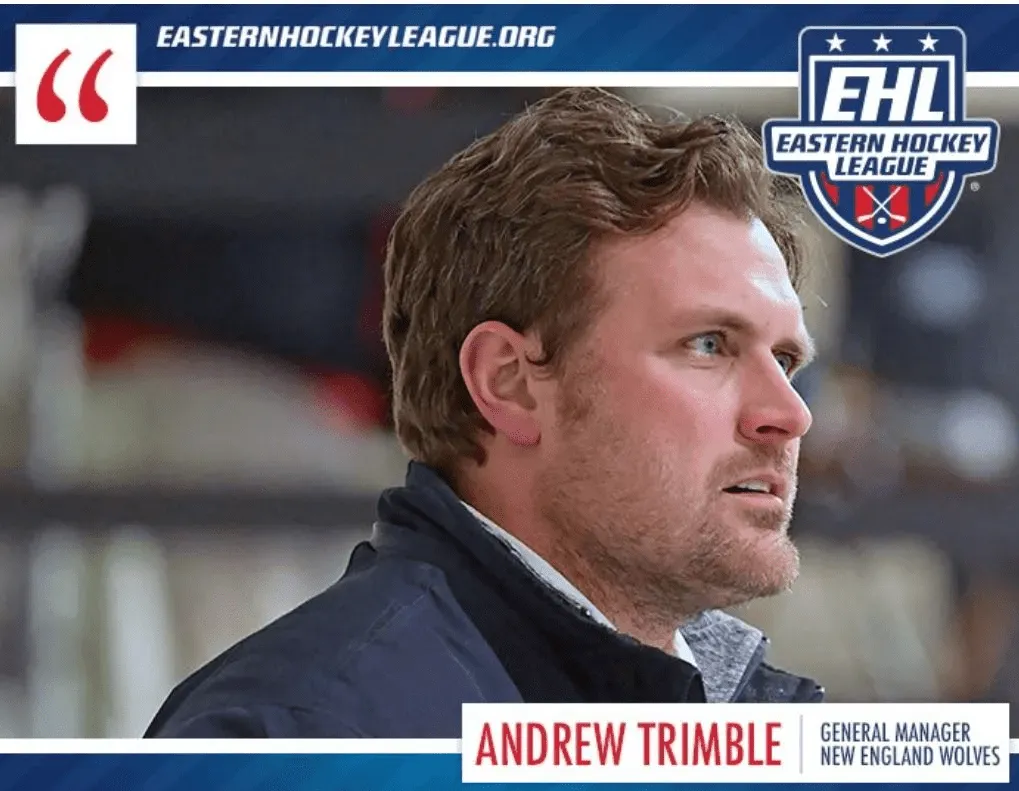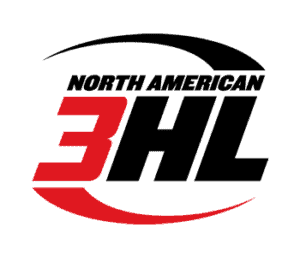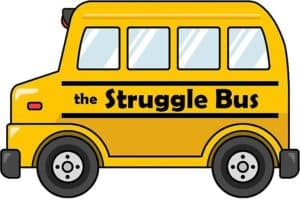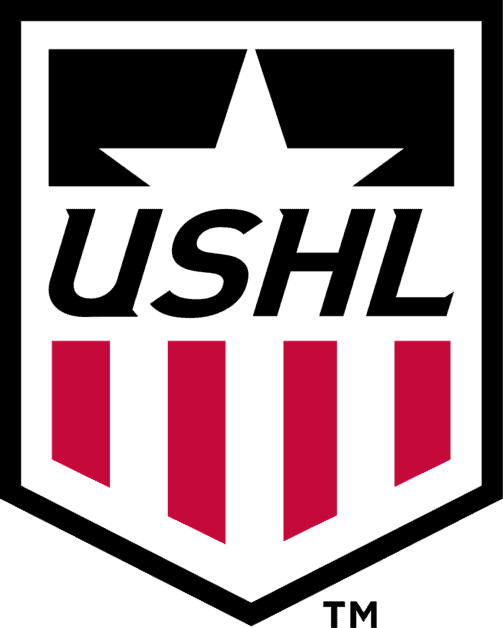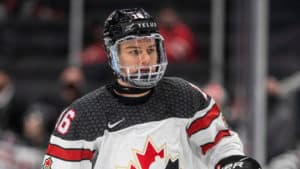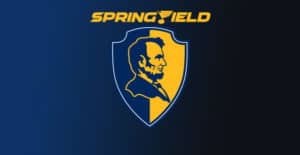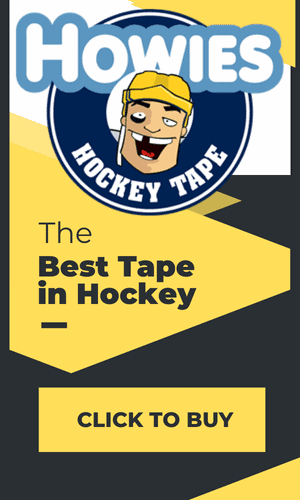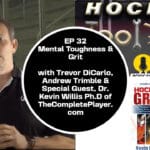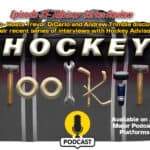An OMHA study that revealed that players generally only control the puck less than 1 minute over the course of a standard youth hockey game. Many coaches and parents focus on correcting the mistakes players make when they do have the puck, and neglect the 98% of the game when they do not possess it. Additionally, many youth practices (and High School) focus on long 1 on 1 scenarios…. Why?
So how can we teach the art of “playing without the puck”? How can we improve our youth players “Hockey IQ”? Here are some suggestions…
1. As a coach, focus on re-creating plays in the mind of the youth athlete and express in detail what they could have done when their teammate had the puck. The key to playing away from the puck is anticipation and having good hockey sense. Did non-puck players find the open ice to support the puck carrier by putting themselves in a position to do one of two or three things: free up ice for the puck carrier to move, or make themselves an available target and give their teammate an outlet to pass the puck, and where are they on the ice if the other team has the puck/ how can they defend. Especially at the youth level, you see a lot of kids spending too much time watching the play instead of moving to help create a play. Diagram or draw up in their mind a specific breakout, offensive zone entry play, or regroup when a linemate of theirs made an outstanding play, and explain to them how they could have helped it without ever touching the puck.
2. Use video! Use Livebarn! FloHockey. Or your phone! Record your son/daughter/ team playing, Watch it with your kids and focus on what they are doing when they are out of the play. You don’t have to be Bill Belichick and breakdown every piece of footage, but this can be a fun exercise and extremely helpful.
3. Especially with the Playoffs coming up soon…As a family, watch hockey together either live or on TV, and have them watch a specific player for a specific shift. Express to them not to follow the puck with their eyes for the next 30-40 seconds while their favorite player, or the target of this exercise, is on the ice and instead follow that player and watch how he activates into his D-Zone coverage and into plays in the offensive zone. Regroups and breakouts are great for demonstrating finding open space and communication. Some of the best players to do this with are the players who may not be as overwhelmingly skilled, but are consistently productive. Here are my suggestions- Forwards- Jack Hughes (NJ Devils); Defensemen- Adam Fox (NY Rangers). If you wanna walk down memory lane and show them older players on youtube try any of Patrik Elias, Sergei Zubov or Nick Lidstrom.
4. Coaches- In practice it is important to work on drills, even at the youth (squirt/ pee wee) level WITHOUT cones, and then demonstrate (Yes, you jumping into the drill and moving your feet) to the players what the support players should have done on a particular drill. A lot of Neutral Zone regroup drills, offensive zone entry, or split D/ F drills are perfect for this, and kids will respond better to watching you do it, than you drawing it up on a dry erase board. Cones are great as imaginary defensemen, but can develop bad habits when used as positional boundaries or lanes, as youth players won’t understand why they are there on the ice relative to the moving play, theyll instead assign a fixed position on the ice.
5. Bad footwork, and poor skating fundamentals are the elephant in the room when it comes to explaining to a parent why their son/ daughter isn’t scoring goals or getting beat one on one. Many parents will ask me to work with their son/ daughter on one on one skills, and then be perplexed when I run them through 30-40 minutes of powerskating drills during a training session. The reality is, that the lateral movement work, the transitions, the stops and starts, and agility work develop the skating skills to win one on one battles, and to be more active in their play away from the puck. Without good footwork, or skating skills, all the other tools are wasted.
6. Small Area Games. There are so many you can use in a cross ice or half ice scenario that can immediately improve your passing, awareness and play without the puck. I have a few available on my substack, but some include Player behind the net (Gretzky Game), Neutral Zone Communication Game (players on bluelines), Designated Shooter Game (great for defensive positioning in front of the net), and 3 v3 Transition Game (in the neutral zone). Ill post more of these in the coming weeks.
Andrew Trimble is the General Manager and Co- Owner of the New England Wolves Hockey Club. He is also the Owner of Scoring Concepts LLC, a New Hampshire based hockey training company that offers camps, clinics, private lessons and teams. He has coached at all levels from Learn to Skate to College Hockey. For more info on his teams and programs check out- www.scoringconcepts.com or www.ne-wolveshockey.com
